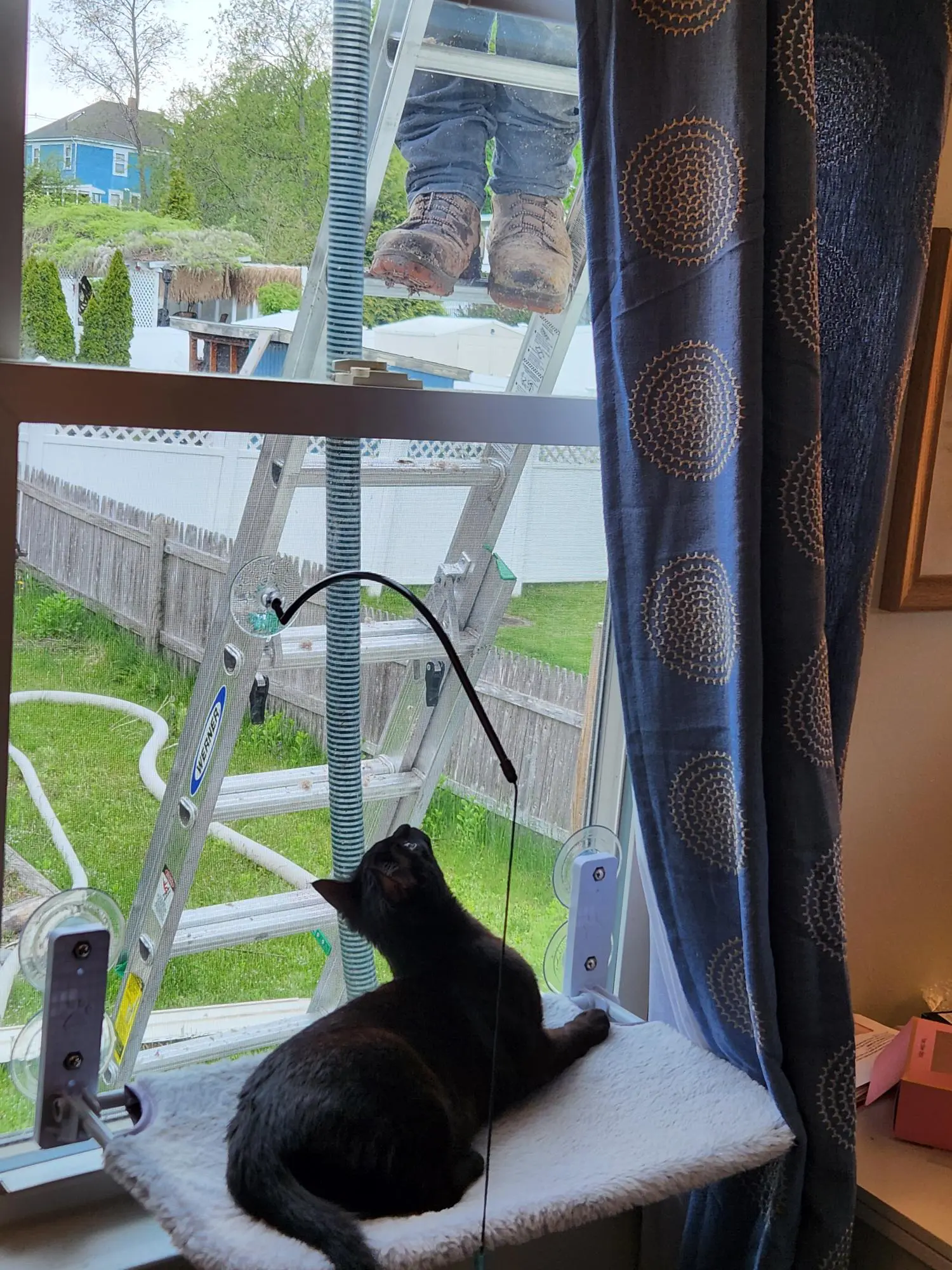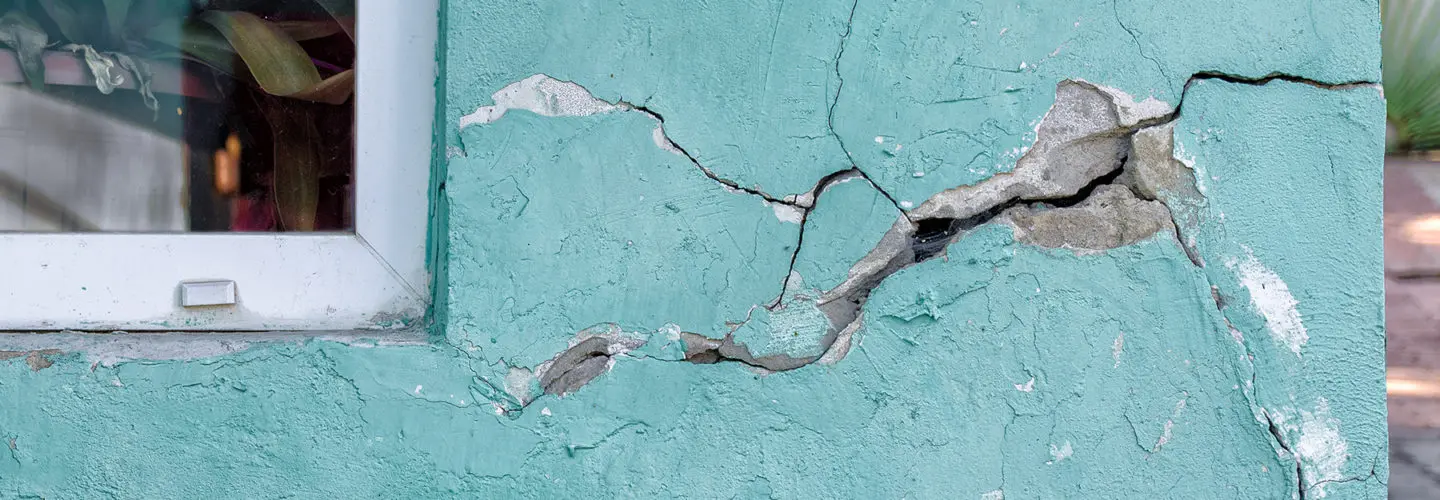Navigating Home Weatherization with Acadia Center
We all want our homes to be safe and temperature-controlled, and for our energy bills to be lower. However, making your home more energy efficient can feel like a complicated – and expensive – undertaking. As a first-time homeowner, I felt intimidated when I set out to make my 1950s Cape more energy efficient, but I found a place to begin that was easy, effective, and didn’t break the bank thanks to my state’s incentives – weatherization.
Weatherization includes multiple efforts to make homes more energy efficient by preventing air leakage to reduce energy consumption and optimize energy efficiency. Everything from insulation to replacing windows and doors, to utilizing caulk to better seal air leaks around vents can fall under the umbrella of weatherization. According to Energy Star, air leakage accounts for between 25 percent and 40 percent of the energy used for heating and cooling in a typical residence. By plugging up those leaks, our heating and cooling systems have an easier time keeping our homes comfortable, and our energy bills reasonable throughout temperature spikes and drops.
The first step I took to weatherize my home was looking into any incentives given by the state that could help me foot the bill for the cost. As a resident of Massachusetts, a small part of energy bills are already going towards a program called MassSAVE, a collaboration of Massachusetts’ electric and natural gas utilities and energy efficiency service providers. MassSAVE can give residents who pay in (as most do who don’t live in municipal light plant areas) discounts and rebates on energy efficiency upgrades made to homes through a pool of money provided by utility bill payers. I had already been paying into MassSAVE since I had started paying for the electricity in my first apartment, and I was now able to use those funds in my first home.
Through MassSAVE I had an approved contractor come to my home to give a free energy assessment. He told me that my home contained next to no insulation, which was part of the reason my second floor was so much hotter than my first. He recommended insulation throughout the home, in addition to new weather stripping on our exterior doors. He estimated that these efforts would cost around $5,000 total, but with MassSAVE’s help, we’d only be paying about $1,000 out of pocket. We jumped on the deal immediately and the next week, our insulation was being installed.
The insulation process took about a day, and for the vast majority of the time the contractors were working either on the exterior of the house or in the basement. They were able to remove our siding and install insulation for the exterior of the home, although they warned that not all homes have this option. They did have to drill some holes in our front walls to ensure we were properly insulated, but they patched the holes and cleaned the dust before leaving. In total, the project cost $5,161, and MassSAVE paid for $3,983, meaning we paid only $1,178 out of pocket for a home that uses significantly less energy – and a noticeably cooler upstairs too.

MassSAVE incentives are also available for renters. Renters are eligible to receive rebates for energy-saving appliances and products, like room air conditioners, room air purifiers, advanced power strips, dehumidifiers, and more. Renters may also coordinate with their landlords to use MassSAVE incentives to make larger upgrades throughout their buildings.
And for non-Massachusetts residents, weatherization is also within your grasp! Most states have some kind of energy efficiency incentive program, such as Efficiency Maine or Energize Connecticut. In Rhode Island, the State Office of Energy Resources provides rebates and incentives for processes like what I did in my home.
There are many steps one can take on the road to energy efficiency – next on my path might be heat pumps or solar panels – but weatherization efforts are an important and often necessary first step. Even purchasing caulk and weatherization strips to install yourself can go a long way toward making your home more comfortable while driving your energy bill lower. The most important lesson I learned from this experience is that there are resources out there to make this process simpler! Don’t let the potentially complicated world of efficiency stop you from taking the first step.
If you are looking to do energy efficiency work in your home, you can always consider Acadia Center to be a resource. We would be happy to provide you with more information and insights into the processes of weatherization and electrification.



















